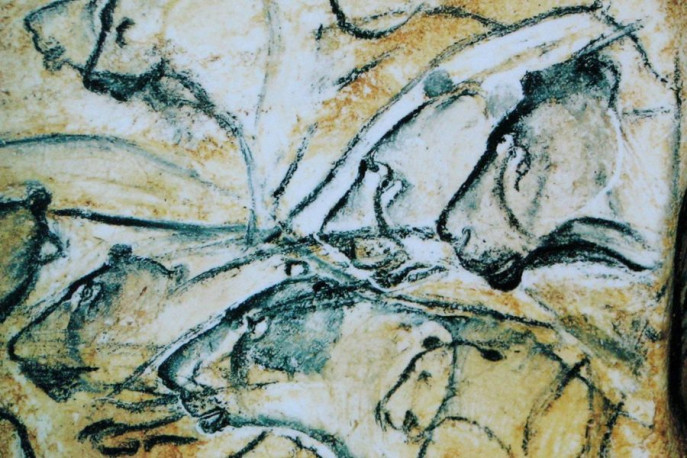
by: Ellen C. Caldwell
for JSTOR Daily
Dating back about 36,000 years, France’s Chauvet Cave paintings are some of the oldest known cave paintings. However, recent discoveries offer insight into both the dating and interpretations of some the the more abstract depictions on the Chauvet walls.
In PLoS One, Sébastien Nomade et al. argue that a volcanic eruption which occurred during the time these paintings were created was depicted on the walls themselves:
Our work provides the first evidence of an intense volcanic activity between 40 and 30 ka [40,000-30,000 years ago] in the Bas-Vivarais region, and it is very likely that Humans living in the Ardèche river area witnessed one or several eruptions. We propose that the spray-shape signs found in the Chauvet-Pont d’Arc cave could be the oldest known depiction of a volcanic eruption.
Earlier, Benjamin Sadier et al. elaborating on some of the dating constraints on previous studies of the cave, note that “since its discovery, the Chauvet cave elaborate artwork called into question our understanding of Palaeolithic art and challenged traditional chronological benchmarks.” Discovered only in December of 1994, the cave instantly drew both scientific and art historical interest. As Sadier and his coauthors note, the cave’s majestic location and structure, its exceptional preservation, the lesser known artistic techniques used, and the rare and stylistically precise depictions of animals presented, all contributed to a wide-spread fascination with the cave and led to its 2014 designation as a UNESCO World Heritage Site…
